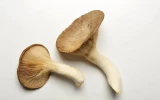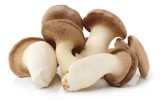Why Your King Oyster Isn't Fruiting & How To Fix It
King oysters, a variety of oyster mushrooms, are one of the easiest mushrooms to grow. If you’ve tried growing king oyster mushrooms and it seems to be taking too long to fruit, you might have run into some common mistakes. What are the reasons why your king oyster mushrooms won't fruit? Let's find out.
Your king oyster mushrooms won’t fruit because of improper moisture levels, poor ventilation, the use of old and weak spawn, the provision of wrong and non-sterile conditions, and a lack of patience. To amend these, having knowledge of the right fruiting conditions and the spawn or strain used are necessary.
Let's troubleshoot some of the common reasons why your king oysters are not fruiting and get you back to successfully growing them. As you finish this article, you will be equipped with knowledge on how to assess your king oysters that are taking too long to fruit and will be able to adjust whichever condition must be adjusted for them to fruit.
Summary
- King oyster mushrooms will not fruit if the moisture is too low or too high, there is not enough fresh air, an old and poor quality spawn has been used to inoculate the substrate, you provided poor growing conditions, and you have no patience to wait.
- Providing a sterile environment is a great way to ensure the growth of your king oysters, as the process of sterilization kills off microbes that try to compete with the mycelium for nutrients.
- Only purchase spawn from a reputable dealer to avoid getting poor-quality spawn.
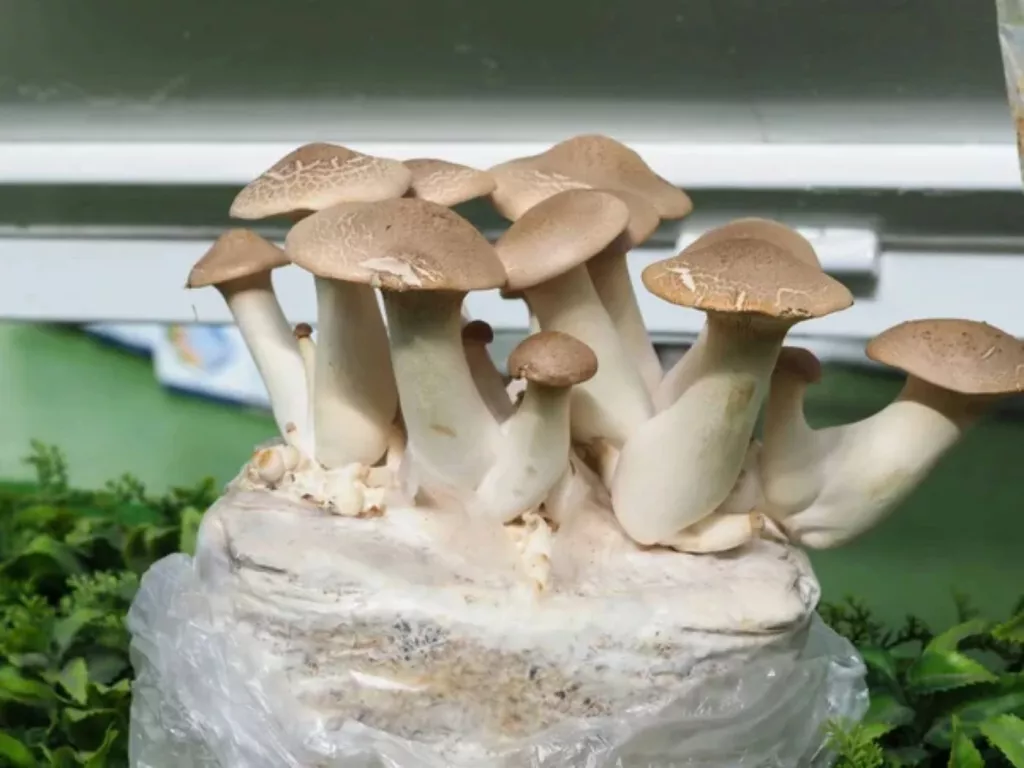
6 Reasons Your King Oyster Mushroom Isn’t Fruiting and How to Fix Them
King oyster mushrooms are the perfect choice for beginners in mushroom farming. Aside from their fast-growing behavior, they also produce large and meaty edible mushrooms that can even weigh a pound per single fruit.
But to produce such healthy and delicious mushrooms, king oysters must be grown in an ideal environment with the right fruiting conditions. The ideal fruiting temperature for king oysters is between 59°F and 65°F (15°C and 18°C).
The humidity level at this stage must be between 85 and 95%, and the optimal level of carbon dioxide (CO2) must be less than 2,000 ppm. The fresh air exchange rate for king oyster mushrooms must be between 5 and 10 air changes per hour.
King oysters do not need direct sunlight exposure. Artificial lights such as fluorescent or LED lights can be used, and the ideal light exposure frequency must be 12 to 16 hours per day.
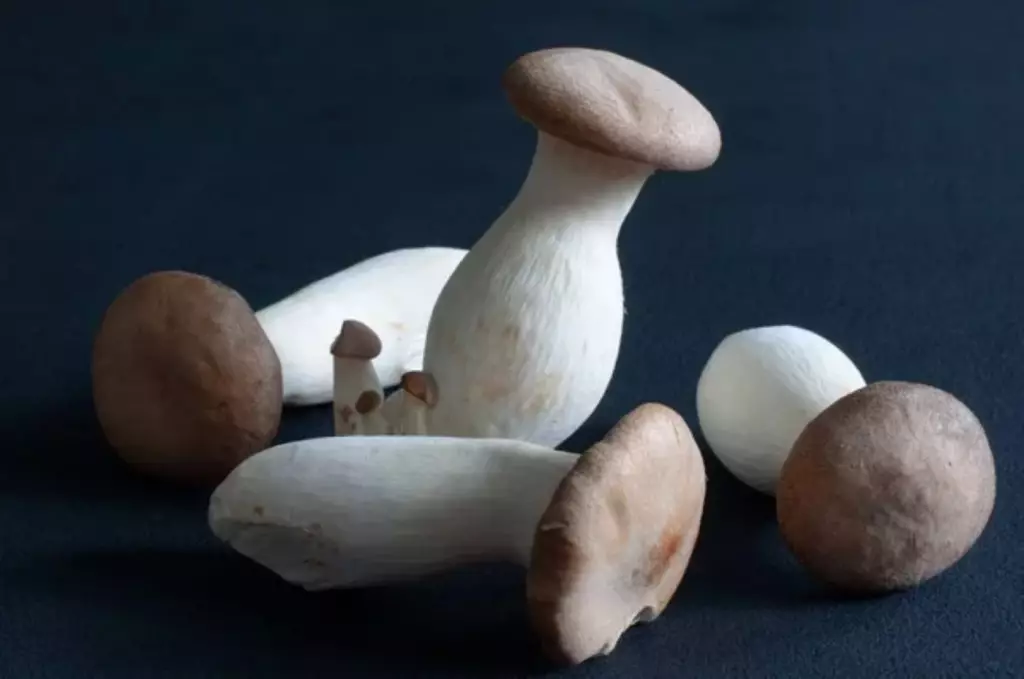
Knowing the ideal fruiting conditions is key to successfully growing king oysters. However, there are instances when they just won't fruit. Here’s a list of the few reasons why your king oyster mushrooms are not producing any flush and how to fix each of them.
1. King oysters won’t fruit because the moisture level is either too low or too high
Mushrooms are naturally filled with water, but they still need a highly humid environment for their growth. The mushroom mycelium needs a humid environment to grow and produce fruit. Pinheads won’t develop if the humidity is too low, and even those that manage to grow may soon dry out too.
To counteract this, monitor moisture and humidity levels by investing in a cheap hygrometer. If you feel like the substrate is drying out, apply mist every few times.
If king oysters won’t develop under low moisture conditions, they also won't develop when the moisture level is too high. Too much moisture can lead to a soggy substrate and mold contamination.
Excess water encourages the growth of molds and bacteria, which may compete with the mycelium, thus hindering its growth and causing its unproductivity. For this reason, only apply mist once or twice a day and use fine-mist sprays. Never leave or place your substrate in too much water, and always ensure proper drainage.
2. Poor ventilation may cause the inability of king oyster mushrooms to fruit
King oyster mushrooms require plenty of fresh air, especially when growing. Like humans, they inhale oxygen and exhale CO2. If the growing rooms are poorly ventilated, the CO2 level may increase. Lack of fresh air or poor ventilation may cause slow growth, low yield, or distorted fruit formation.
To provide your mushrooms with fresh air, here are a couple of things you can do:
- Open windows, install exhaust fans or use air conditioning
- Add more air holes in the grow bags or containers to increase airflow
- Monitor C02 levels regularly using portable CO2 meters
3. Use of old and weak strains or spawn may cause king oysters not to fruit
Surprisingly, spawn can be a reason for king oysters’ inability to fruit. If the spawn is too old or has been stored too long, it will not be a vigorous grower as the other king oyster mushroom spawn, which may lead to the inability to fruit.
This is why most guides in growing king oysters suggest buying spawns from a renowned and trustworthy dealer to lessen the chance of getting low-quality spawns. Always use fresh spawns to be able to get the best fruits.
Also, once you have a purchased spawn, use it immediately and do not store it for long to avoid losing its vigor as well as to prevent contamination.
4. Not providing sterile growing conditions may hinder your king oyster’s fruiting stage
Providing a sterile environment dramatically speeds up mushroom growth. A non-sterile environment may cause the mycelium to fail to produce any fruit as it may lose its battle with molds and microbes early in the spawning stage. To provide sterile growing conditions, do the following:
- Clean grow rooms and outdoor beds frequently.
- Wash hands thoroughly, especially before inoculation.
- Pasteurize or sterilize the substrate. If opting to sterilize, a pressure cooker or autoclave is needed to discourage microbial growth.
- Wipe the benches and the area where you’re keeping the mushrooms with 70% ethyl alcohol.
5. Growing king oysters under the wrong growing conditions may cause an unproductive growth
Every mushroom species requires different growing conditions, as well as different substrates. If your mycelium has fully colonized your substrate, but the king oyster mushrooms did not show up, some of the culprits for this scenario are mold, mites, toxins, and the wrong substrate.
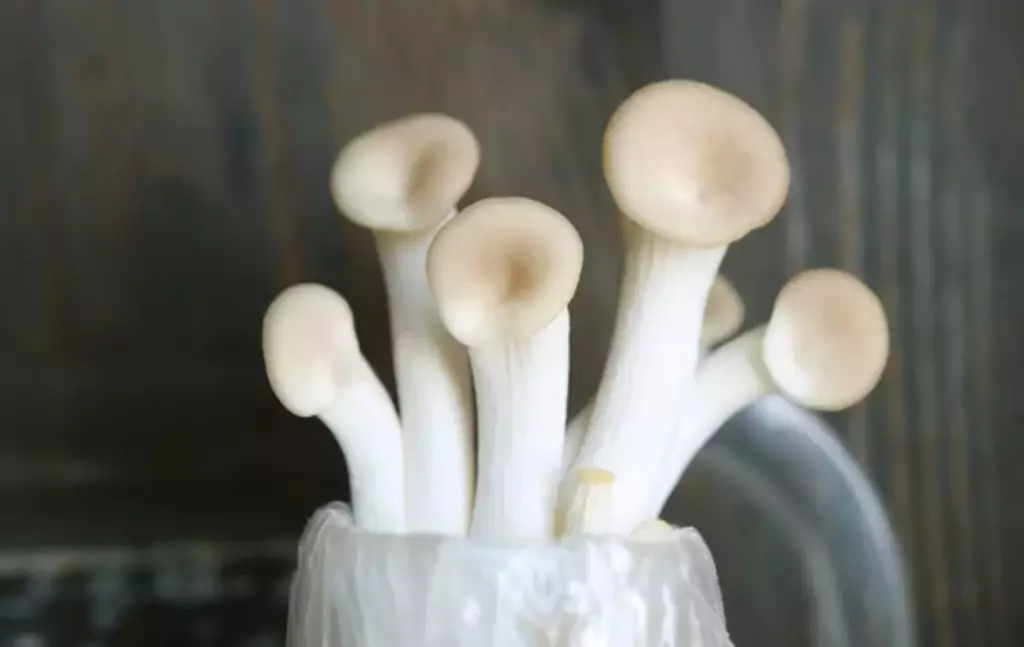
In this instance, you will need to start over the process and make sure there are no toxins present in your area. At the same time, ensure that the substrate being used is the best substrate for king oysters.
The recommended substrate for king oyster mushrooms is sterilized hardwood substrates such as sawdust. To even increase yield, it’s good to make sure that the substrate is nutrient-packed.
A little research on the type of mushroom you’re growing, what substrate it’s best grown in, what ideal growing conditions, and even what fruiting containers must be used for a specific mushroom species can do a lot to succeed and allow your mushrooms to fruit.
6. Lack of patience in growing king oysters may lead to their inability to produce fruits
From its pre-growing stage to the actual growing stage, the king oyster takes around 2 months to fruit. But once they start pinning, they can be harvested in less than a week. The slowest process in growing king oysters, like in any other oyster mushroom, is the colonization stage.
It requires a lot of patience especially if it’s your first time waiting for the mycelium to fully colonize the bags. It may look like nothing is happening, but you must try waiting a little longer and go back and check if you’re providing the right conditions.


